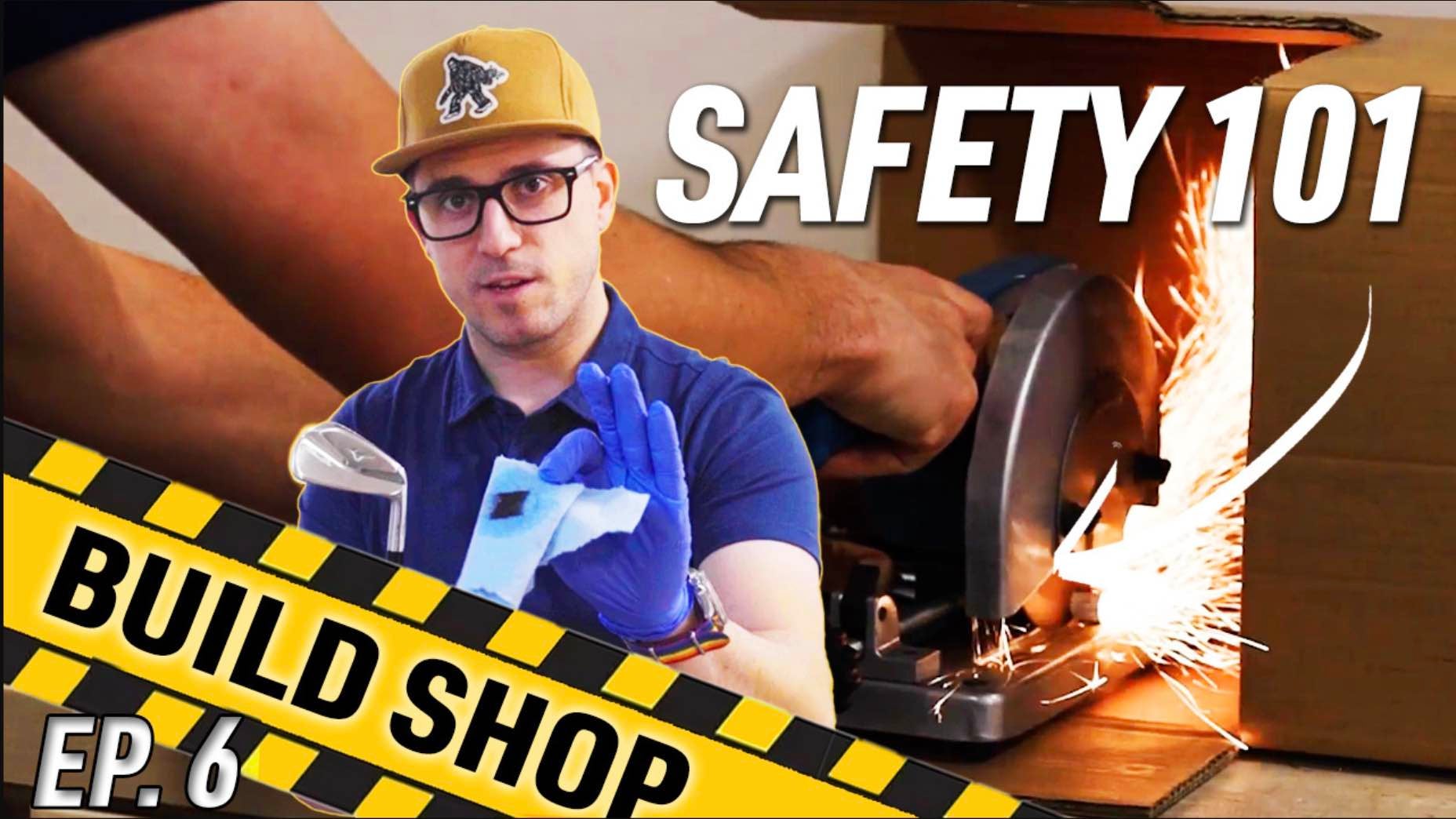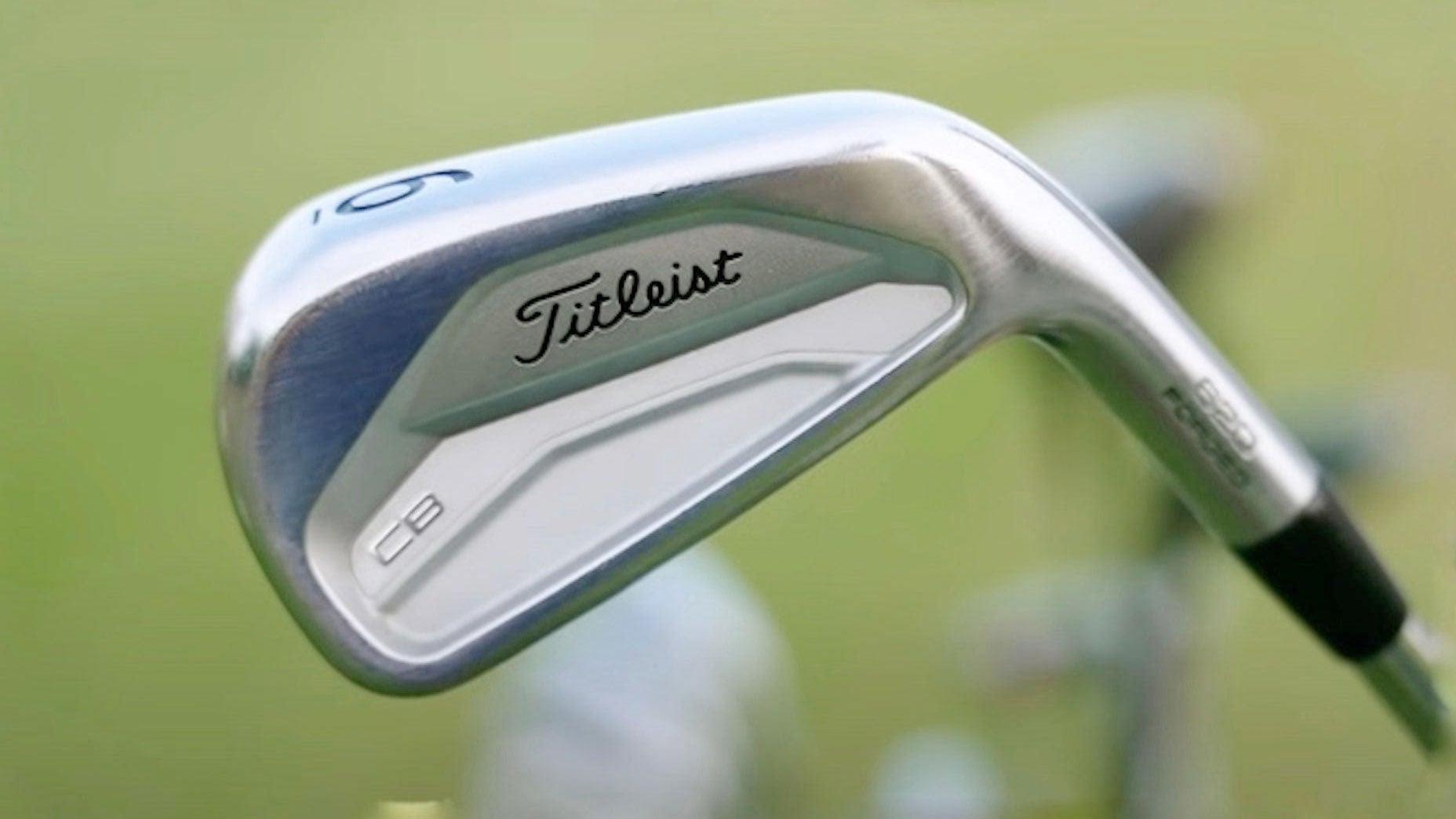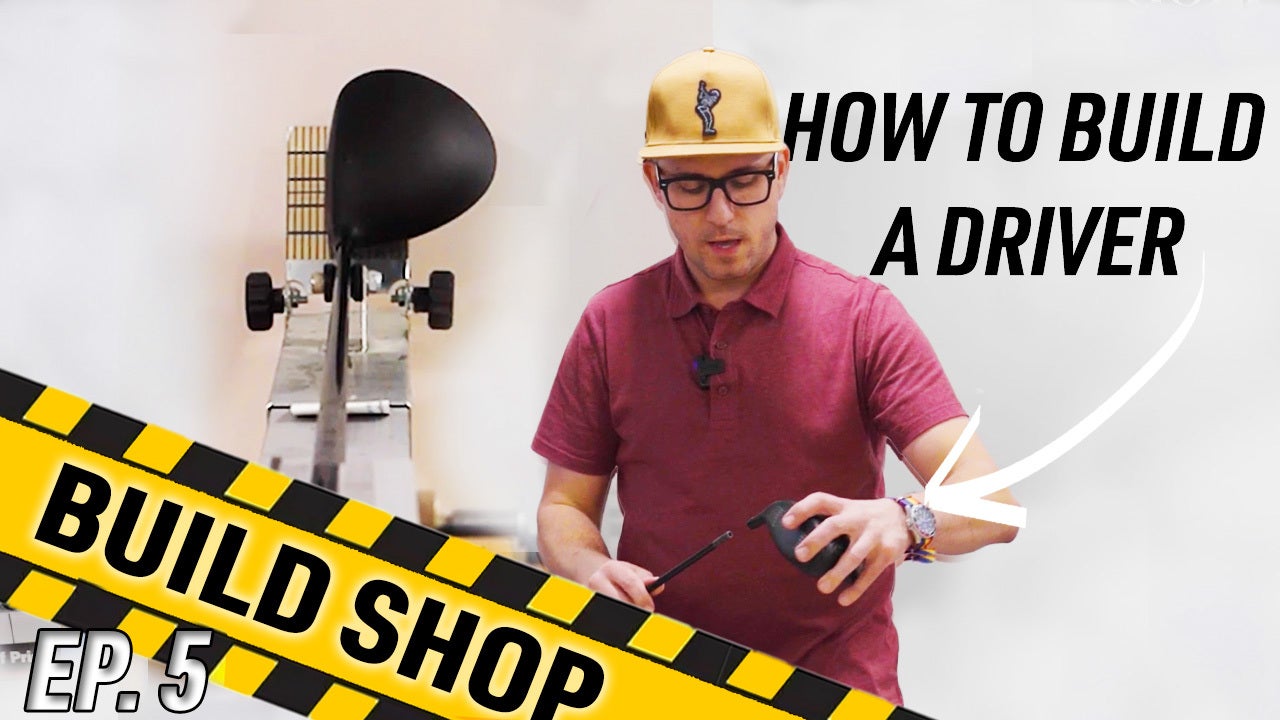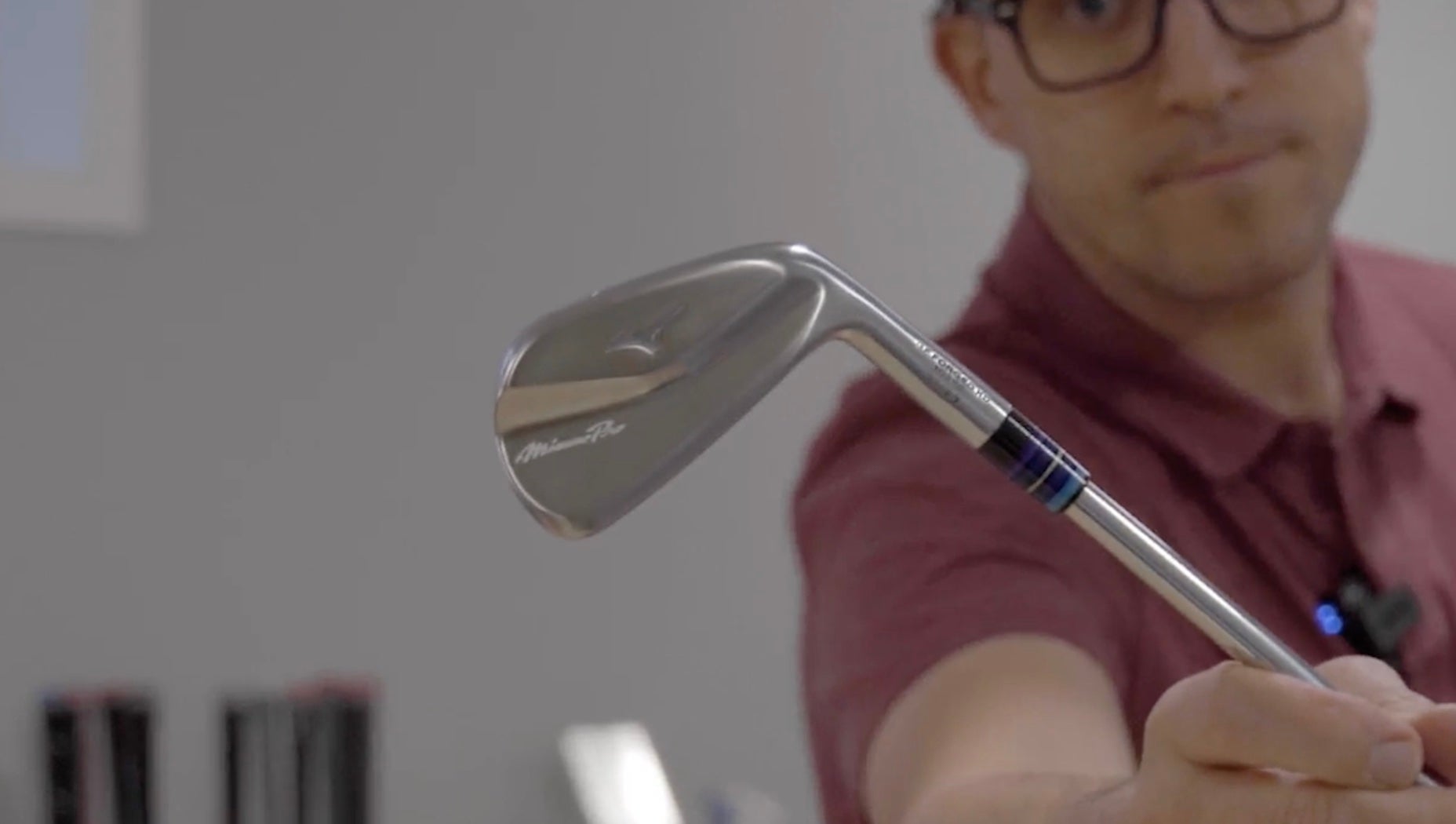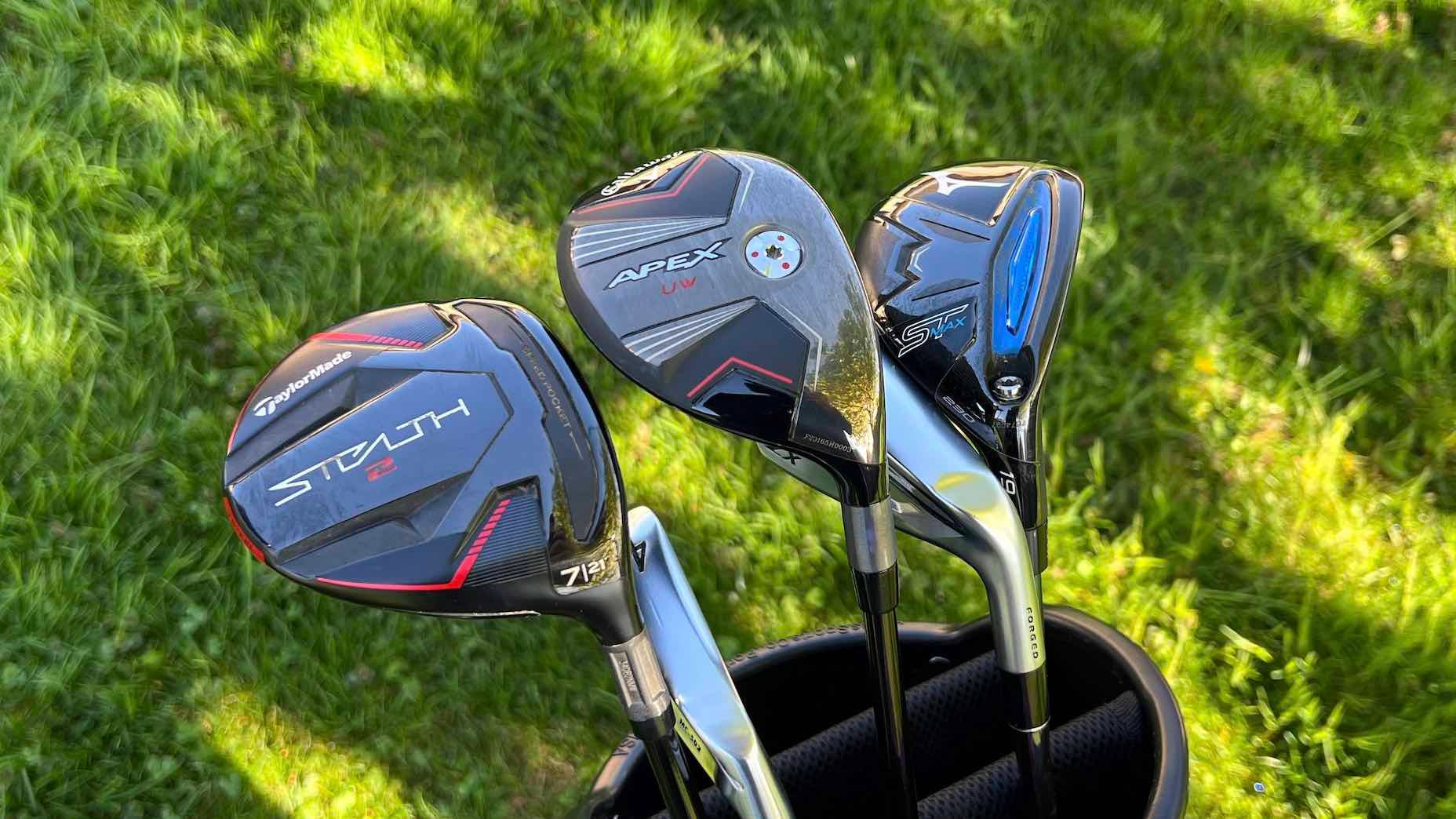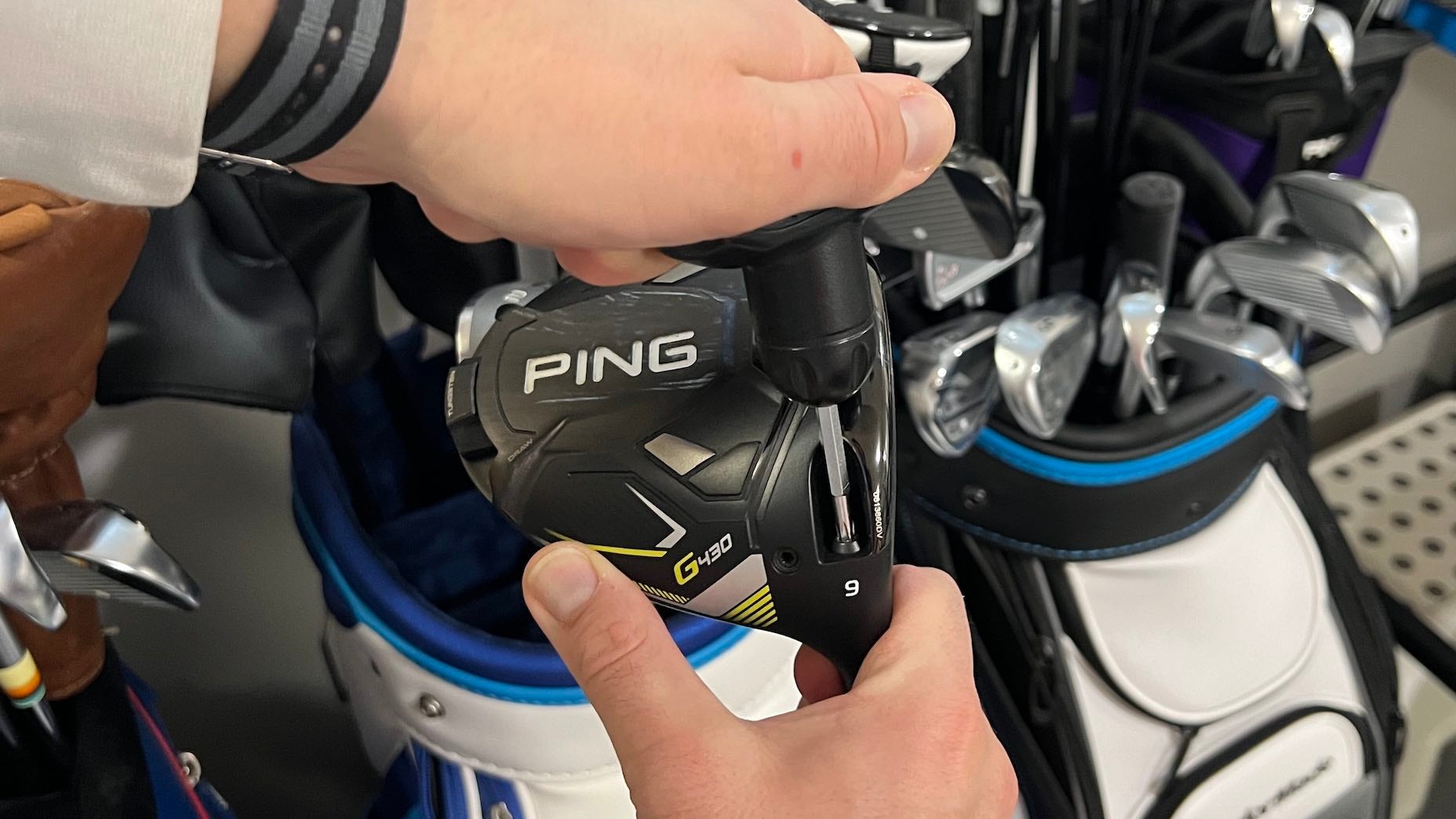How a marker can help correct your erratic iron shots | The Build Shop
- Share on Facebook
- Share on Twitter
- Share by Email

Using a marker is an easy way to identify an issue you might have with lie angle
Ryan Barath/GOLF
There are few things more frustrating in golf than having a short iron or wedge into a green, feeling like you make the perfect swing, and then watching the ball as it sails right or left of your target, leaving you in a tough spot to get up and down.
This happens to golfers all the time and one of the most common explanations for it is playing the incorrect lie angle. Lucky for you, it is also one of the easiest club-fitting issues you can address yourself with a marker and just a few golf balls.
Now, before we get to the problem and the solutions, it’s important to explain what lie angle is in the first place.
What is lie angle?
Lie angle is the angle formed by the hosel/shaft relative to the ground when the sole of the club and or grooves are parallel with a flat surface. The bigger the number, the more “upright” a club is. The lower the number, the more “flat” a club is.
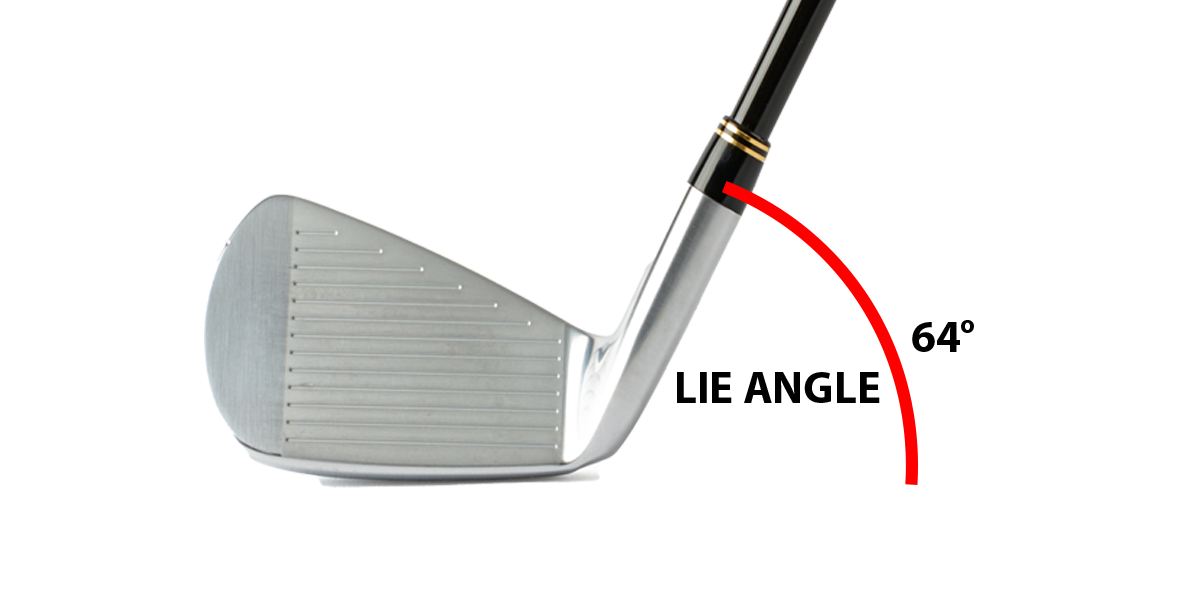
How to control distance and stop your irons faster | Firsthand with a FitterBy: Ryan Barath
Golf clubs with lie angles not properly adjusted to a player’s impact position severely limit the ability to hit solid shots that travel on the intended target. It’s an issue that usually affects golfers outside of the “average” height range but because everyone’s swing is different, it is a key golf club specification that should be checked.
If your irons are too flat, the face is going to approach the ball more open to the target line and will cause misses to the right (for a right-handed golfer). Conversely, if your clubs are too upright, the club face will point more left and result in shots that miss to the left.
How to check your lie angles
Beyond observing ball flight issues on the course or at the range, one of the easiest ways to ensure your lie angles are properly calibrated for your swing simply requires a marker and a few golf balls.
The process
Using a marker, draw a line on a golf ball and place it on the ground facing your target line – similar to how you might line up a putt but with the line on the back side of the ball.

Once you’ve hit a shot and watched the ball flight, take a look at the face or your iron to see where the line is pointing. If the ball traveled as intended and the line is 90 degrees to the grooves or just a hair in either direction – boom, you’re all set and you can go back to never worrying about your lie angles again.

On the other hand, if the line is pointed toward the toe, it means your lie angle is too upright and needs to be adjusted to a flatter angle. If the line is toward the heel, it means the clubs are too flat and need to be adjusted more upright.

You can repeat this process for all of your irons and wedges and use the face markings as a guideline for needed adjustments – just make sure to chart the information and ball flight before seeing a fitter who can then individually adjust each club to fit your swing.
Want to overhaul your bag? Find a fitting location near you at True Spec Golf.
Latest In Gear

Golf.com Editor
Ryan Barath is GOLF Magazine and GOLF.com’s senior editor for equipment. He has an extensive club-fitting and -building background with more than 20 years of experience working with golfers of all skill levels, including PGA Tour players. Before joining the staff, he was the lead content strategist for Tour Experience Golf, in Toronto, Canada.


